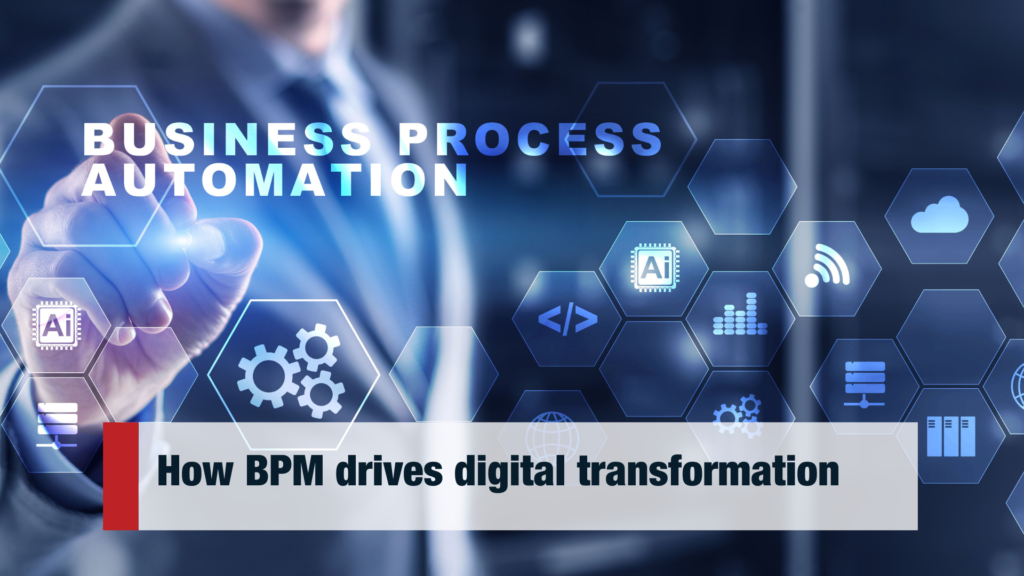
Since technology began to be more present in everyday work environments, one question that we are sure you have heard at least a few times is, “Should I deploy a robot for this task?”. As for many jobs, it is true that a macro might work perfectly. However, a robot is required to complete more difficult jobs or even automate using RPA or those macros.
In short, RPA bots are collections of software interactions that are organized according to business processes, designed to follow business logic, and executed automatically. Even though most users are familiar with macros and scripts in programming, automation is not exactly new. What exactly differentiates Robotic Process Automation from classic ”automation”? Our team of tech specialists from Connections Consult shared their insights.
RPA vs. Macros
A macro can be quite useful if your task entails repeating a code action, such as changing certain texts into something else. One of the most often used tools in the sector is Microsoft Excel. It is commonly utilized regardless of the employment role and type of work. Macro automation is a simpler and quicker approach to RPA. It uses macros, small programs that automate repetitive tasks, to automate processes. Macros are usually created using macro recording software that records keystrokes, mouse movements, and other actions performed on a computer and saves them as a macro. This approach is best suited for simple, repetitive tasks that can be automated with basic programming skills
The same is done by an RPA robot, but with greater adaptability and elevation. Unlike macros, which can only interface with a single program at a time at the object layer, RPA can engage with numerous apps simultaneously. RPA is more dynamic than macros, which are fixed and linear.
RPA vs. Scripting
Moving on to scripting, they are actually a more sophisticated approach to RPA that requires a higher level of technical expertise. Scripting involves writing code in a programming language such as Python, Java, or .NET to automate processes. This approach is best suited for more complex processes that require advanced functionality, such as data processing, data analysis, and process integration.
However, RPA is quite strong in terms of workflow capabilities and adhering to established business norms. With scripting programming, you lack this ability. Almost any application can be performed or set up with RPA. In the world of scripting, this is not the case. Scripting also allows for the integration of RPA with other technologies, such as Artificial Intelligence (AI) and machine learning, making it a better choice for complex processes.
Another significant distinction is that RPA is a self-governing process. An RPA robot can communicate with various applications instead of needing various scripting tools to create scripts for your various applications. Practically any application, as well as multiple applications at once, can use it. RPA makes it possible for users to interact with any form of application. Rerunning scripts might work for one or two types, but things become quite challenging when additional functionalities are introduced.
RPA vs. AI
Finally, artificial intelligence. This is a huge topic. Robotic Process Automation (RPA) and Artificial Intelligence (AI) are two popular technologies in the field of automation. Both technologies are designed to automate repetitive and routine tasks, but they differ in their approach and capabilities. While RPA and AI are both designed to automate tasks, they complement each other and can be used together to achieve more advanced automation. RPA can handle simple, repetitive tasks while AI can handle more complex processes that require decision-making and problem-solving. Integrating AI with RPA can create a more sophisticated automation solution that can handle both simple and complex processes.
So, RPA cannot be regarded as clever on its own. AI bots are intelligent bots, whereas RPA bots are well-mannered bots. AI is data-driven, whereas RPA is heavily process-driven.
Will an automation robot help achieve workstyle reform?
We have yet to see how much RPA will contribute to productivity, though it is very likely to see an increase in overall motivation levels. In the past, younger workers with little to no experience were frequently assigned easy, repetitive duties. Numerous instances exist when motivated workers become demotivated after being given positions involving routine tasks.
By using RPA to complete this activity, it may be possible to address concerns with fading motivation levels. The level of motivation across the entire firm may increase if younger employees are more engaged at work. In the end, it increases productivity. RPA could potentially result in lower overtime pay. It can be used for straightforward monthly chores like work to reimburse staff for business expenditures.
If you need assistance to reduce excessively long work hours, allowing employees to maintain a work-life balance, don’t hesitate to contact Connections’ Consult consultancy team and let’s find the best solution to your company’s needs.















